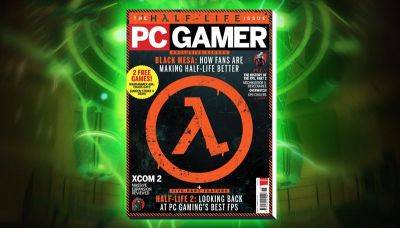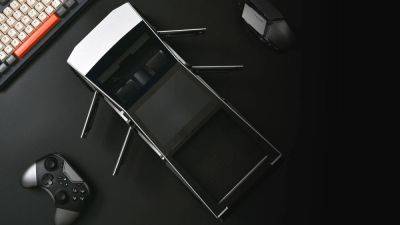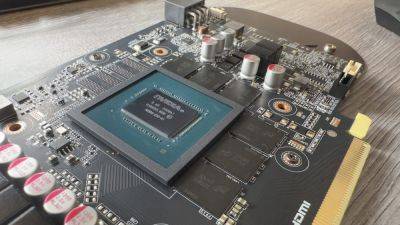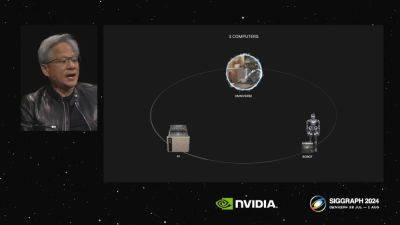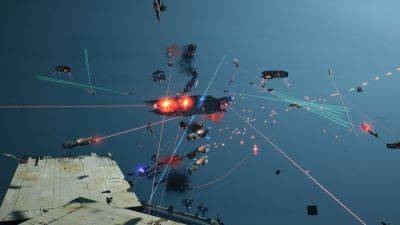There's a new ray tracing benchmark in town and it paints an all-too-familiar picture of today's GPUs
If you want to test the ray tracing performance of a graphics card, you've got a few options. Most reviewers, including ourselves, will use the likes of Cyberpunk 2077 for ray-heavy workloads or F1 22 and Far Cry 6 for something a bit lighter. And you've got 3DMark's synthetic Port Royal, which is almost entirely ray traced. Now there's a new test on the market from Basemark, which claims to be the world's first «true cross-platform benchmark for ray tracing devices.»
I suspect the reason why Basemark feels such a claim can be made is that you can get the benchmark for Windows, Linux, Android, and iOS devices—that covers almost all bases, though Arm is somewhat noticeable by its absence. Anyway, piqued curiosity and all that, I ran through some tests on a few of my PCs to see how some of today's graphics cards coped with the ray tracing workload.
There are two versions of the main test: Ultra and Cross-platform. The differences lie in the rendering resolution (4K vs 1080p), the number of shadow casting lights (49 vs 11), and the VRAM usage (6 vs 2.1 GB). The Ultra test also uses ray traced global illumination and full-scale reflections. Lastly, there are two upscaling versions of the main test, using DLSS 2 and FSR 2, to show how much of a performance increase the technologies offer.
As you can see, there's quite a big difference between the GPUs tested, but none of the results should come as a surprise. That's because the ray tracing performance of today's graphics cards is well known by PC Gamers—Nvidia's graphics chips are the most capable in this respect, followed by AMD and then Intel.
However, there are some games that use ray tracing, such as Far Cry 6, where AMD GPUs cope perfectly well—it just depends on how intense the ray tracing actually is, compared to the overall level of traditional rendering. In the case of Breaking Limit Ultra, all of the shadows, reflections, and lighting are ray traced, hence why the RTX 4070 ran the tests better than the RX 7800


